Houston is a forestry, mining and tourism town in the Bulkley Valley of BC’s Northern Interior. Its urban population is approximately 3,600 people, with approximately 2,000 in the surrounding rural area. Known as the “steelhead capital,” Houston is home to the world’s largest fly fishing rod.
Houston’s history stretches back to the turn of the century with the expansion of the railroad through to the West Coast. Originally a farming community with the rich soils often found in valley bottoms, Houston has grown to become an industrial centre that exemplifies cohabitation with the farming community.
Indigenous groups occupied and travelled the land long before European settlers arrived. At the time of European contact, the area was traversed by the Wet’suwet’en people and the history from these early times is preserved in their oral histories.
Today, like many regions in northern BC, Houston is a young community. Originally founded as a small mill town along the Canadian National Rail Line in 1914, Houston’s economy has grown and diversified. It has one of the country’s largest wood processing mills and serves as the home community to many of the workers at the Huckleberry copper mine, located 125km south.
Houston’s commercial sector is also growing, buoyed by industry and tourist spending in addition to public sector employment in education, health, social and government services.
Facts
• Canada’s Largest Standing Fly Rod was the invention of a local resident and avid fly fisherman Warner Jarvis to commemorate Houston, “the Steelhead capital of the world.”
• The Houston area is home to many grizzly bears, magnificent animals that bring a richness to our environment. With the protection of grizzly habitat, public education and efforts to ensure human-bear interaction is safe, Houston residents as a community help ensure that these beautiful giants are protected for generations to come.
• The Nadina River Spawning Channel was built in 1973 to produce additional sockeye fry that would take advantage of the rearing potential of Francois Lake. The channel enhances sockeye salmon exclusively, is three kilometres in length, has a capacity of 20,000 adult salmon and produces on average six million fry per year. The site is snowed-in from early November to late April each year and is often subject to sudden closures during the late summer and fall due to grizzly bear activity.
In Houston, the summers are comfortable and partly cloudy, while the winters are freezing, snowy and overcast.
Destination BC is developing a new campaign to promote hyper-local travel where residents are “tourists-in-their own hometown,” while practising the COVID-19 safety protocols as recommended by the B.C. Provincial Health Officer. Many B.C. parks are now open, and national parks were to open as of June 1.
(Check this website for current details on travel.)
Getting Here
Driving: At a distance of 1,083.6 km (418 mi), travel time from Vancouver to Houston a just over 12 hours via BC-97 N and BC-16 W.
https://www.google.ca/maps/place/Houston,+BC/@54.3945846,-126.6851002,13z/data=!3m1!4b1!4m5!3m4!1s0x5475c684070e9bb9:0x4ece2e219a02a301!8m2!3d54.3979972!4d-126.6482087

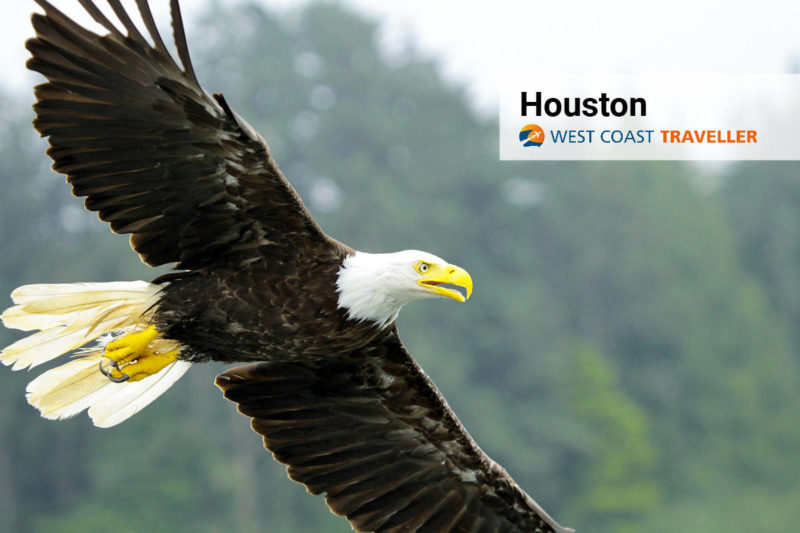
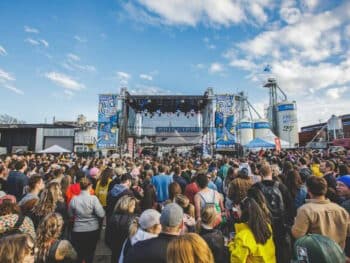
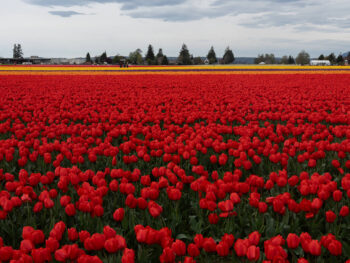

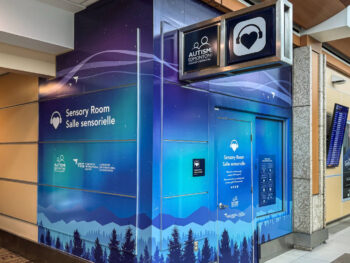
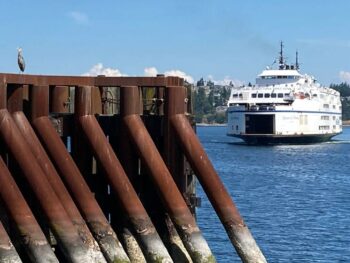
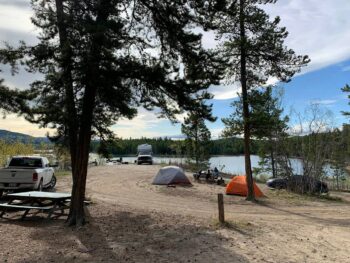
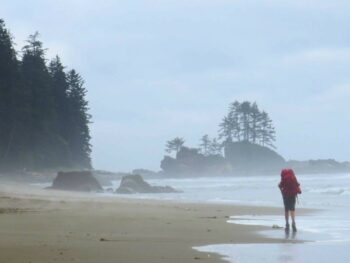
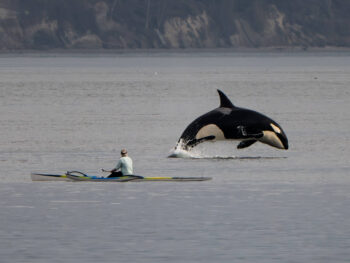
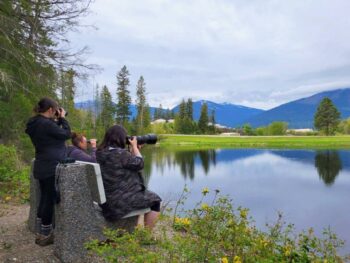
 Magnificent views on this amazing circle tour
Magnificent views on this amazing circle tour